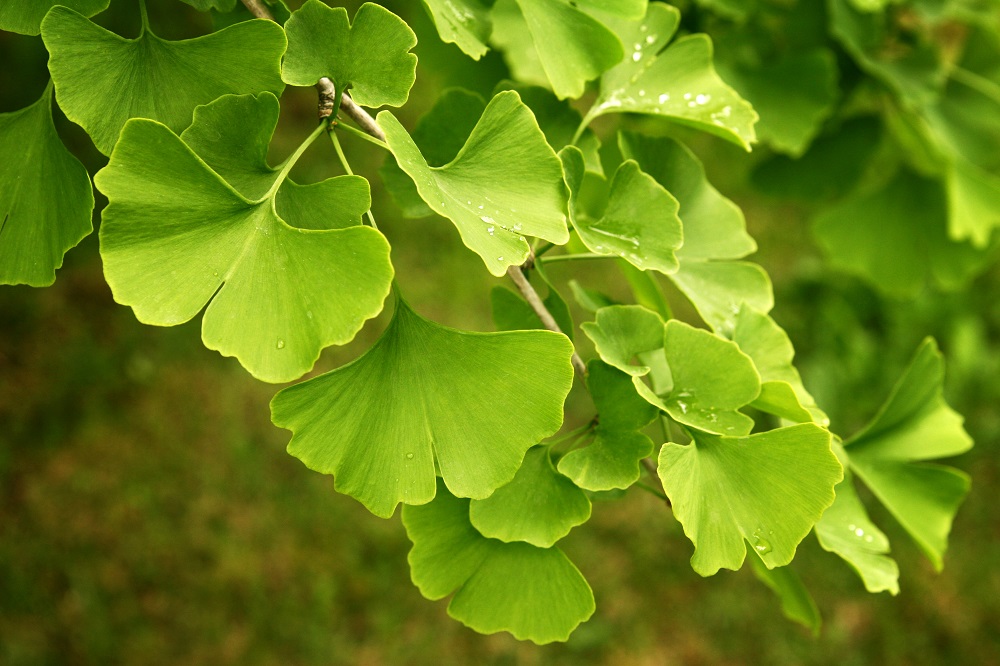Ginkgo biloba
Common Name:
Ginkgo, maidenhair tree

General Information:
The Ginkgo is the last member of a family of trees common in prehistoric times, and was, in fact, thought to be extinct in the wild until rediscovered in the 17th century in eastern China. It is deciduous, once thought to be a conifer, but now classed by itself. It is immediately recognizable by its columnar shape and graceful fan-shaped leaves which turn a lovely yellow in autumn. Ginkgo tolerates most soil, including compacted, and alkaline, and grows slowly to 75 feet or more tall. The tree is easily transplanted and has a vivid yellow fall colour which is second to none in brilliance, even in the south. However, leaves fall quickly and the fall colour show is short. Male specimens are recommended as the seeds from females emit a rancid odour. However, this is much less of a factor in bonsai than landscaping as bonsai Ginkgo rarely fruit.
Family:
Ginkgoaceae
Lighting:
Full sun to part shade. Maximum light is necessary for good autumn colour. Very young trees may need some shelter in midsummer.
Temperature:
Hardy in Zones 3 through 8A. However, its roots have a high moisture content, and are easily destroyed by frost when exposed to the elements in a shallow bonsai container. Winter protection of the roots is thus a necessity.
Watering:
Needs a fair amount of water during growth, but soil should be kept fairly dry in winter to avoid frost-damage to roots.
Feeding:
Twice monthly, spring-midsummer and in early September- October.
Pruning and wiring:
Young trees have an open branch structure, but older trees form dense columns. It is best to style Ginkgo according to its natural shape. Ginkgo has large leaves which do not easily reduce, so use it for medium to large size bonsai. Pruning scars will not heal, so avoid cutting large branches. Shoots grow in clusters of leaves - reduce the cluster to 2-3 leaves with topmost leaf on the outside. New branches should be pruned back to 2-3 buds while young. Ginkgo is usually shaped by pruning, but may be lightly wired spring-autumn. Great care must be taken to protect the bark as it is delicate and scars will not heal. Leaf pruning does not produce appreciable results. Leaves will reduce somewhat from exposure to high light levels and controlled watering.
Propagation:
Seed, cuttings or grafting of male specimens. Seed can be sown in spring after cold-treatment. May be air-layered in spring, or hardwood cuttings may be taken in autumn.
Repotting:
Young specimens require annual repotting, older specimens every 2-3 years. Repot in spring, preferably early spring, in basic soil mix.
Pests and diseases:
The Ginkgo is virtually pest-free and tolerates pollution well.
Some species suitable for bonsai:
Ginkgo biloba ‘Aurea’ - yellow leaves.
Ginkgo biloba ‘Chichi Icho’ - a very desirable cv., has smaller leaves and a textured trunk.
Ginkgo biloba ‘Fastigiata’ - forms a very narrow pyramid.
Ginkgo biloba ‘Laciniata’ - deeply divided leaves.
Ginkgo biloba ‘Pendula’ - rounded, “weeping” habit.
Ginkgo biloba ‘Variegata’ - yellow and green variegated leaves.
Bibliography:
Jahn (ed.) “The Simon and Schuster Guide to Bonsai” Murata’s “Four Seasons of Bonsai”
Owen’s “Bonsai Identifier”
Resnick’s “Bonsai”
Samson’s “Creative Art of Bonsai”
Tomlinson’s “Complete Book of Bonsai”
Species information from Mitchell’s “American Nature Guides: Trees,” and Thomas (ed.) “The Hearst Garden Guide to Trees and Shrubs.”
USDA Fact Sheet ST-273.
Compiled by Sabrina Caine Edited by Thomas L. Zane
